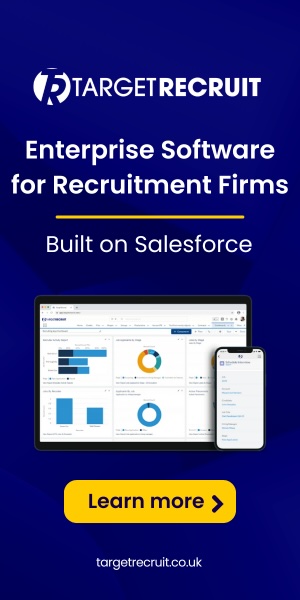Companies offer or re-commit to championing parental leave
A resource from McKinsey and Company entitled Women in the Workplace 2021 has shared data suggesting that women were even more burned out as of late 2021 than they were in 2020. The research also revealed that burnout was ramping up faster among women than in men with childcare-related worker attrition remaining a human resource issue.
Around a third of women surveyed stated that they “have considered downshifting their career or leaving the workforce this year,” compared to the one-fourth of women who told McKinsey the same early on in the pandemic.
In a market that is talent-strapped, employers have had to be very creative when conjuring up ways to better retain parents. Many companies have offered or re-committed to championing parental leave so that workers aren’t forced to choose between caring for their families and nurturing their careers. Labor experts also have called attention to the nuance involved in such considerations, including regard for LGBTQ+ parents who need leave and further attention paid to mothers who are black and their higher rates of burnout.
According to the survey, some companies have taken a step further by offering stipends for in-home childcare or daycare. Others still have implemented “returnships” for caregivers — primarily, women or birthing parents — to become reacquainted with the workforce after a years-long childcare hiatus.
But flexibility in their workflow and scheduling remains one easily implemented solution that managers and HR teams can offer parents today.
McKinsey commented in its 2021 report: “More than three-quarters of senior HR leaders say that allowing employees to work flexible hours is one of the most effective things they’ve done to improve employee well-being, and there are clear signs it’s working. Employees with more flexibility to take time off and step away from work are much less likely to be burned out, and very few employees are concerned that requesting flexible work arrangements has affected their opportunity to advance.”
The one caveat? Ensure that employees are given clear boundaries along with their flexibility, to thwart an “always-on” approach to work. It’s important to not only offer flexibility but also to support staff wellbeing in order to avoid burnout.











